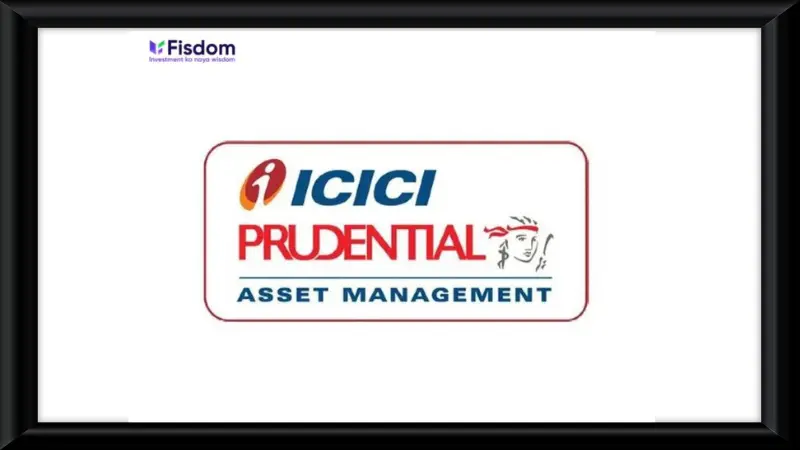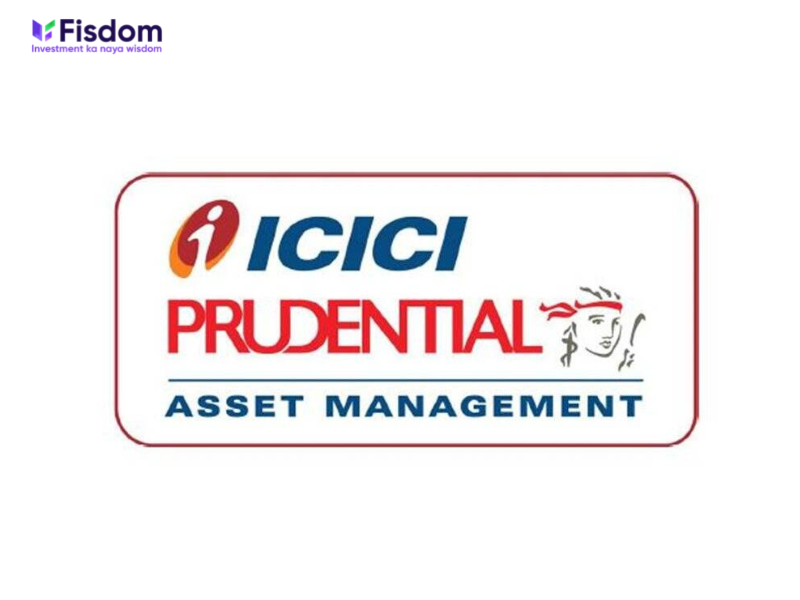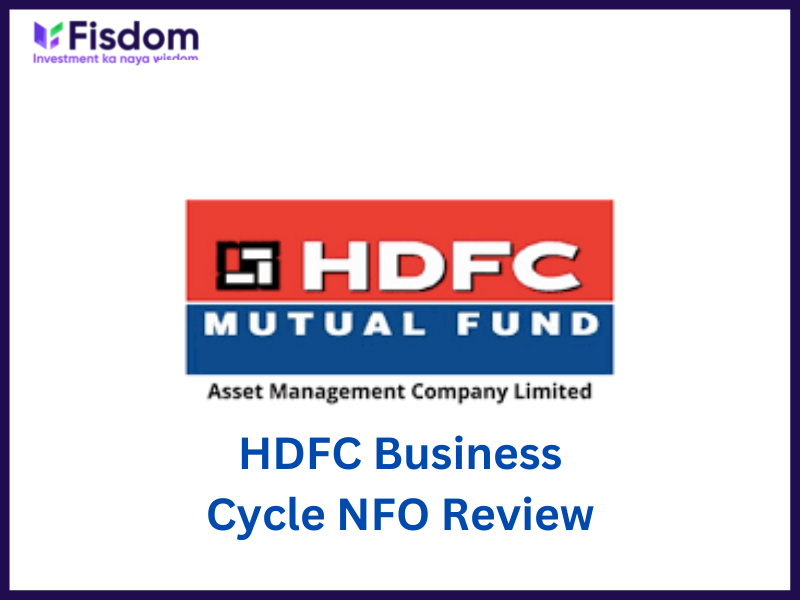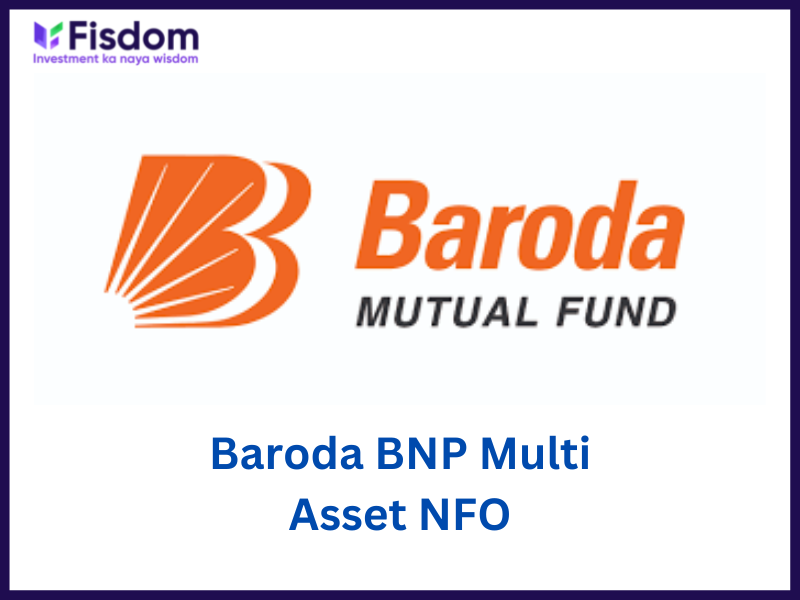
HDFC Asset Management Company announced the launch of a new fund offer (NFO) based on Nifty 100 index, HDFC NIFTY 100 Index Fund. The NFO will primarily invest in some of the largest companies in India that constitute the NIFTY 100 Index. The NFO is aimed at investors looking for returns in line with the performance of NIFTY 100 Index subject to tracking errors. The HDFC NIFTY 100 Index Fund NFO will open for subscription on February 11 and close on February 18. By investing in this NFO, investors can easily gain exposure to India’s large cap companies.
Investment objective of the fund
HDFC Nifty 100 index NFO’s investment objective is to generate returns that are in line with the performance of the NIFTY 100 Index TRI. This is before considering fees and expenses and subject to tracking error. The investment construct of the fund will be focused on the constituent stocks of the NIFTY 100 Index. The fund will be passively managed since it will essentially track the benchmark index.
Why should you apply for the NFO?
Low fees: Since HDFC Nifty 100 index NFO will be passively managed, it will carry lower expense ratio as compared to other actively managed funds. Due to its passive management approach, it will also carry lower portfolio reshuffling costs. This will allow investors to enjoy larger profits.
Diversification: By investing in this index fund, investors can easily gain access to some of the top large-cap stocks that form part of the Nifty 100 index. They can achieve portfolio diversification by including this passive index fund, along with other active mutual funds.
Avoid investment bias: This index fund will follow an automated investment approach that is in line with its objective and market regulations. With very limited involvement of the fund manager in asset selection, the fund will essentially eliminate human bias in investment decisions.
Stability of returns: Since this fund will invest in constituent stocks of the Nifty 100 index, investors will effectively be investing in some of the best large-cap companies in the country. This can ensure stability of returns in the long run as the companies are well-established and market leaders in their respective sectors.
Comparative historical performance of Nifty 100 index: In the table below, investors can look at the historical performance of Nifty 100 index against other benchmark indexes:
| Nifty 100 | Nifty Mid cap | Nifty Small cap | |
| 1-Year | 15.46% | 29.44% | 35.10% |
| 3-Year | 59.62% | 82.17% | 83.58% |
| 5-Year | 93.84% | 83.20% | 61.02% |
| 10-Year | 234.49% | 294.43% | 216.28% |
Source: Bloomberg
Fund details
| Scheme name | NFO details for HDFC Nifty 100 index |
| Type of Scheme | An open-ended index scheme replicating or tracking the performance and composition of Nifty 100 Index. |
| Category of the scheme | Index fund |
| Benchmark | Nifty 100 Index TRI |
| Plan options | Regular Plan Direct Plan |
| Fund Manager | Mr Krishan Kumar Daga |
| Exit Load | NIL |
| Minimum Investment | Rs. 5,000 and any amount thereafter during NFOPost NFO, Rs. 5,000 and any amount thereafterAdditional purchase of Rs. 1,000 and any amount thereafter |
| Expense Ratio | Not declared yet |
| NFO Period | 11 Feb 2022 – 18 Feb 2022 |
Where can you invest in the NFO?
Head over to the Fisdom App to invest in this NFO.
FAQs
NFO (New Fund Offer) is launched by the Asset Management Companies (AMCs) to generate funds for launching a new mutual fund. These funds are then pooled to buy the shares or other securities as per the fund’s mandate or the guidelines based on which the fund is launched. NFOs are like IPOs where all the relevant details of the funds are provided at the time of their launch and the units of the fund are usually set at Rs. 10 per unit for a subscription. SEBI guidelines allow the NFOs to be active for a maximum period of 30 days following which the units of the fund are traded based on their daily NAV.
NFOs, at the time of their launch, are launched in two categories namely close-ended funds and open-ended funds. The details of each type of fund are mentioned below.
Open-ended funds
The majority of mutual funds are launched as open-ended funds. Investors can subscribe to the fund at the nominal rate (usually Rs. 10 per unit) during the NFO period. After the NFO period, when the units are traded based on the daily NAV, the investors stand to gain huge capital gains depending on the performance of the fund.
Close-ended funds
Close-ended funds, on the other hand, do not allow the investors to subscribe to the fund after the NFO period is closed.
Investing in NFOs is a very good opportunity to maximize the returns as the units can be subscribed at nominal rates and the returns are potentially higher based on the prevailing NAV at the time of redemption. However, there are several points that need to be considered while subscribing to an NFO. Some of such points are highlighted below.
a)Track record of the AMC
NFOs are offered for the new mutual fund so no proven track record can be reviewed by investors to make an informed investment decision. The investors have to therefore rely on the reputation of the AMC and other details mentioned in the NFO to make an investment decision.
b)Expense ratio (if mentioned)
NFOs need a good amount of publicity to make the investors aware of the fund and the investment opportunity. It is therefore essential for the investors to check the expense ratio of the fund and ensure that it does not outweigh the net gains.
c)Check if the fund is in correlation to the existing portfolio
Recently there have been many NFOs in the market that investors can choose from. However, while selecting the fund the investors must check if the fund is not similar to an existing fund in their portfolio. For example, if the fund is a large-cap fund and the investor already has one or two similar funds in their portfolio, investing in another will not add much value to the net returns or the diversification of the portfolio. On the other hand, many NFOs can be sector-specific or country-specific. In such a case, investors have to check if the fund is in line with other factors like their risk-return profile and investment goals.
d)Review the SID carefully
Reviewing the SID (Scheme Information Document) is a crucial step that should not be missed by investors while investing in NFOs. It contains all the relevant information about the fund managers, their qualifications, and experience which is crucial for the funds’ performance. Other relevant information includes the investment profile of the fund, target sectors or securities, benchmark index, asset allocation ratio, etc. This helps the investors understand the returns expectation of the fund as well as the target investments where the fund will invest the pooled funds. Investors having a risk-return profile in line with that of the fund can thus invest in such funds.
Investment in NFOs can be done through two main routes i.e., the online or offline modes. The details of the same are mentioned below.
a)Online mode
The online mode of investment is suitable for investors already having a Demat account and a trading account. Investors can simply select the NFO and invest by selecting the number of units to invest and paying for the same through online payment modes available on the platform.
b)Offline mode
The offline mode of investment in NFOs is through registered brokers and distributors. Investors can contact their brokers and distributors providing them with the details of the amount to be invested and they can invest in the selected NFOs on their behalf. Investors can make hassle-free investments through such modes as all the necessary forms to be filled and the formalities to be met are looked after by these entities giving investors the benefit of ease of investment. The charges for such services are nominal when compared to the potentially high returns.

























